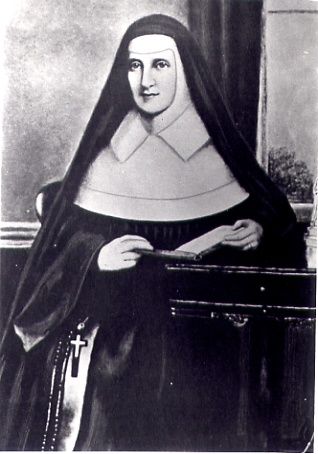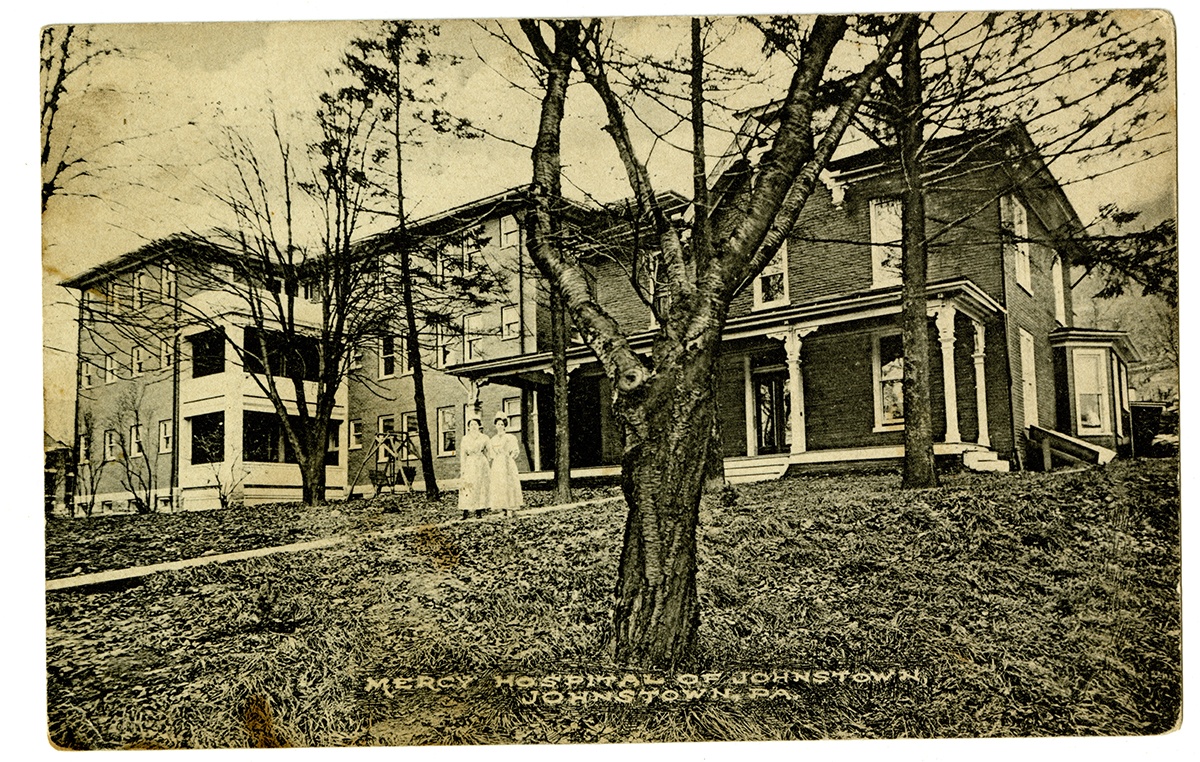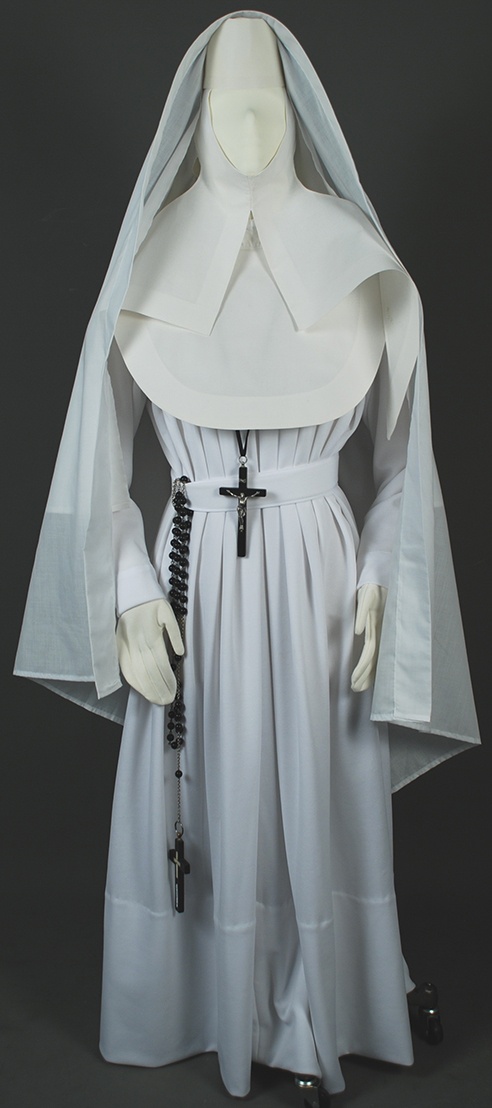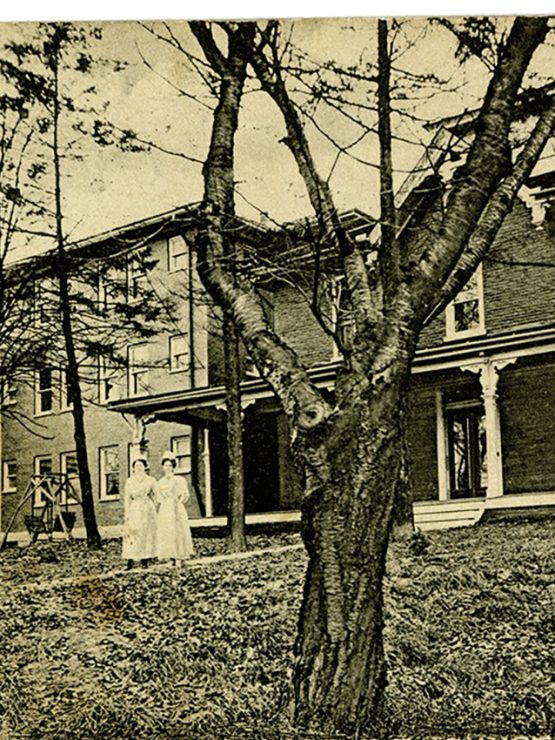
In 1824, after inheriting the estate of distant relatives she had cared for over the course of 20 years, Catherine McAuley opened a “House of Mercy,” a home for poor and abused women in the center of Dublin, Ireland. She quickly attracted a group of compassionate women with a similar interest in serving the sick and needy. In time, Catherine and two other women underwent religious training and professed their vows, founding the Sisters of Mercy in 1831. At a time when many orders were still cloistered, this group of women dedicated to charitable work in the community became known as “the walking nuns.”
When the Diocese of Pittsburgh formed in 1843, its founding bishop, Michael O’Connor, traveled to Rome for consecration by the Pope. Formally appointed on Aug. 11, 1843, he passed through his native Ireland on his journey back to Pittsburgh to recruit clergy for the new diocese. O’Connor identified eight seminarians to serve as priests. Seven Sisters of Mercy from Dublin also agreed to serve the people of Pittsburgh. Those Sisters created a legacy in healthcare and education that continues to shape the region, and the nation, today.
Frances Warde, the first professed Sister under McAuley, led the group to America in 1843. They crossed the Atlantic on the ship Queen of the West, then journeyed by train from New York to Philadelphia to Chambersburg, Pa. From there, the Sisters took a carriage on the final leg to Pittsburgh. They arrived on Dec. 21 in a city already known for its coal-fired glass and iron mills, referred to by visitors as the “Birmingham of America.” Steamboats lined the Monongahela wharf ready to haul freight to the growing markets downriver. Amidst this growing industrial might however, great need existed. The Sisters found sick in need of skilled care and many who had no access to education.


The sisters wore a white habit when involved in healthcare-related tasks. More streamlined than the everyday black habit, it traditionally featured tight sleeves and slimmer skirt. The Sisters also used white habits when serving in tropical locations. Gift of SRU Foundation and the Sisters of Mercy of Dallas.
These two causes, healthcare and education, became the twin pillars upon which the Sisters of Mercy built their ministry. Guided by the mantra articulated by Catherine McAuley – “Compassion should be our animating principle” – they cared for people regardless of race, religion, or ethnicity. They quickly established schools, St. Mary’s Academy and St. Paul’s Cathedral School, and orphanages and set about treating the destitute. In the Dec. 2, 1846 Pittsburgh Daily Post, the Sisters announced that Pittsburgh at last would have a hospital and it would be “free from sectarianism, and economical in its arrangement.” Mercy Hospital, the first hospital in Western Pennsylvania and the first Mercy hospital in the world, opened on Jan. 1, 1847.
The hospital served more than 200 patients in the first 18 months, whether they were able to pay or not. Shortly after the hospital opened, Pittsburgh suffered through a typhoid epidemic. The Sisters continued their mission of care, though four nurses were lost to the disease. Within a year, Mercy became the first teaching hospital in the region with resident physicians in training. Plans began for a larger, more permanent structure and in 1848 the Sisters opened a three-story facility on Stevenson Avenue. During the 1918 influenza epidemic and through both World Wars, the Sisters opened their hospital to all, even when it meant setting up beds on the porches.
The Mercy Hospital School of Nursing was added in 1926. In 2008, Mercy Hospital joined the UPMC system but continues as a ministry of the Catholic Diocese dedicated to providing exceptional healthcare and advocating for social justice issues. The order has maintained its commitment to the city, choosing to remain in their Upper Hill District neighborhood.
The legacy of the Sisters of Mercy remains after more than 175 years in the region – to provide compassionate care and hope to those who need it most.
Anne Madarasz is the Director of the Curatorial Division, Chief Historian, and Director of the Western Pennsylvania Sports Museum at the Heinz History Center. Emily Ruby is a curator at the Heinz History Center.

